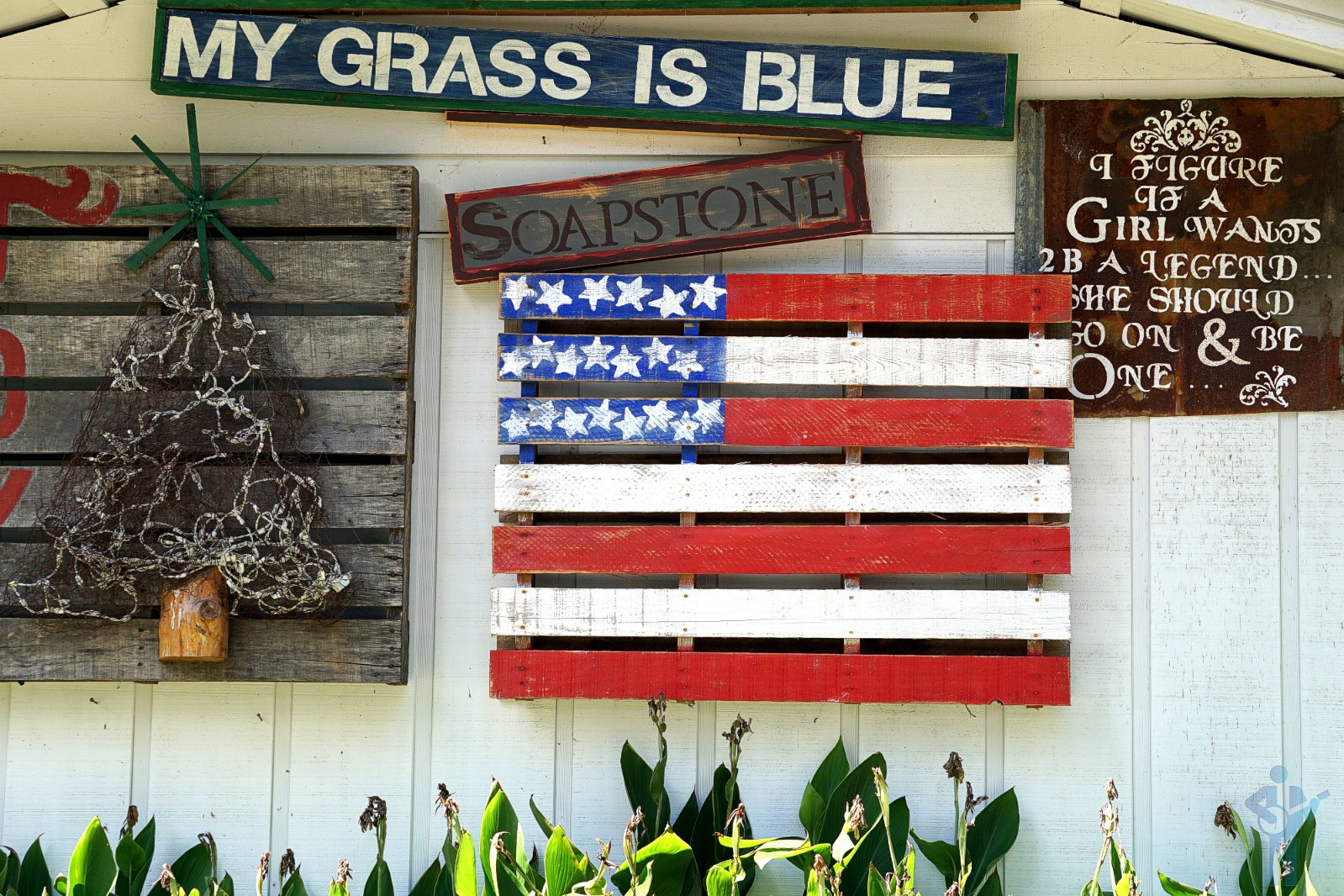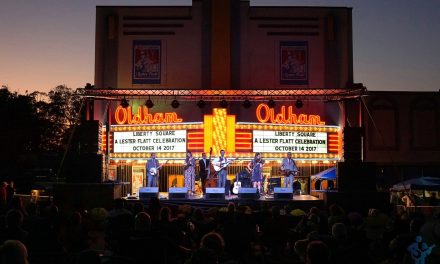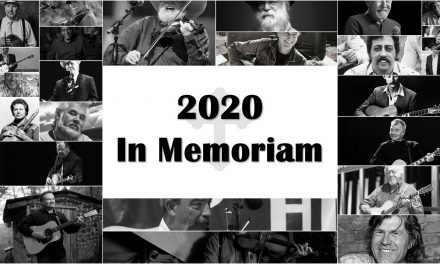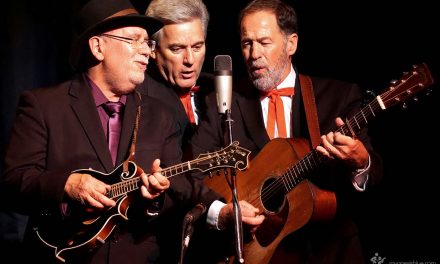On the musical Crooked Road, western Virginia.
Part of the mygrassisblue.com Bluegrass Trails series, on the trail of bluegrass history and its pioneers/early protagonists.
The Appalachian Mountains & Bluegrass

My Grass Is Blue. Off Georgia State Route 180 of the Russell-Brasstown National Scenic Byway near Soapstone Creek, Georgia, southern Appalachia. September 22, 2016.
– Reproduced from text on display in the International Bluegrass Music Museum, Owensboro, Kentucky
Bluegrass, in its earliest forms, seeped out of the Appalachian hills – those pioneers who migrated from Ireland, Scotland, & England to America in the 1600s brought with them the basic styles of a musical genre that is generally considered to be the roots of #bluegrass music #bluegrasshistory as we know and love it today. As the Jamestown settlers began to move west into the Carolinas, Tennessee, Kentucky, Virginia, and West Virginia, they wrote songs about day-to-day life in the new land. Since most of these people lived in remote areas, the songs reflected life on the farm or in the hills. Eventually this type of “mountain” or #countrymusic spread out of the mountains of #Appalachia and into the homes of people all over the US thanks largely to the invention of the phonograph and the onset of the radio in the early 1900s #musichistory .
Appalachian bluegrass road trip. On the musical Crooked Road, western Virginia. September 25, 2016.







0 Comments